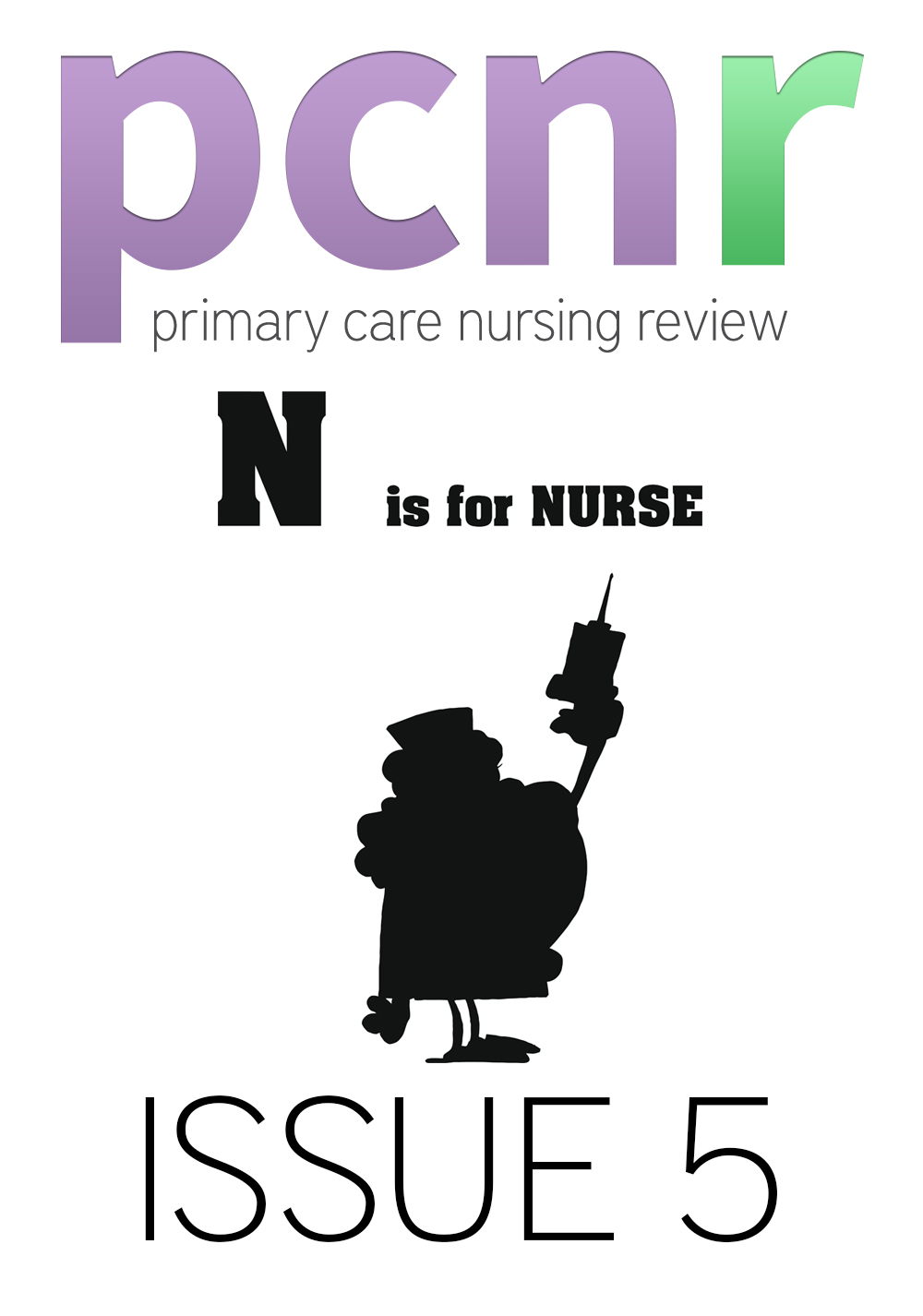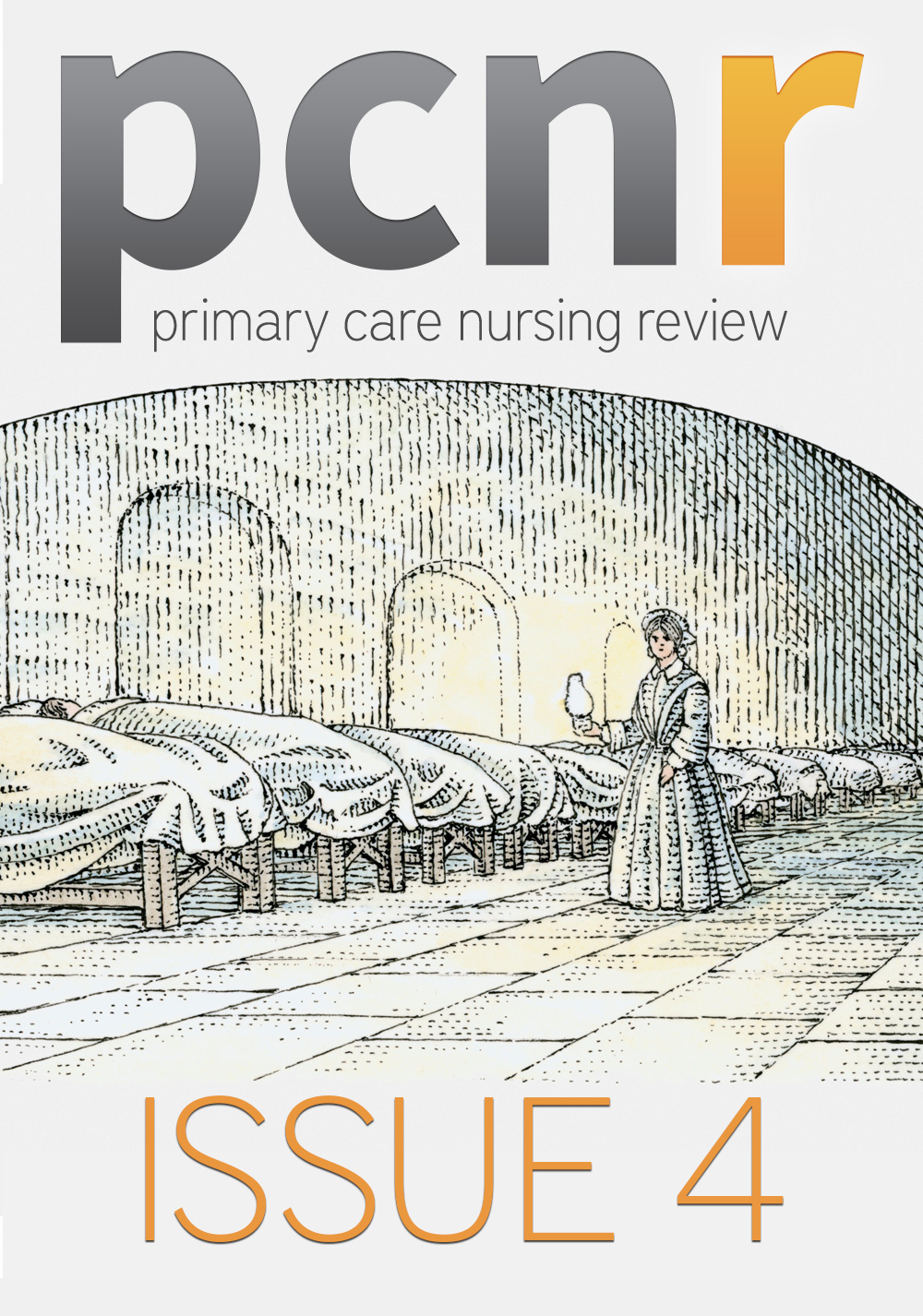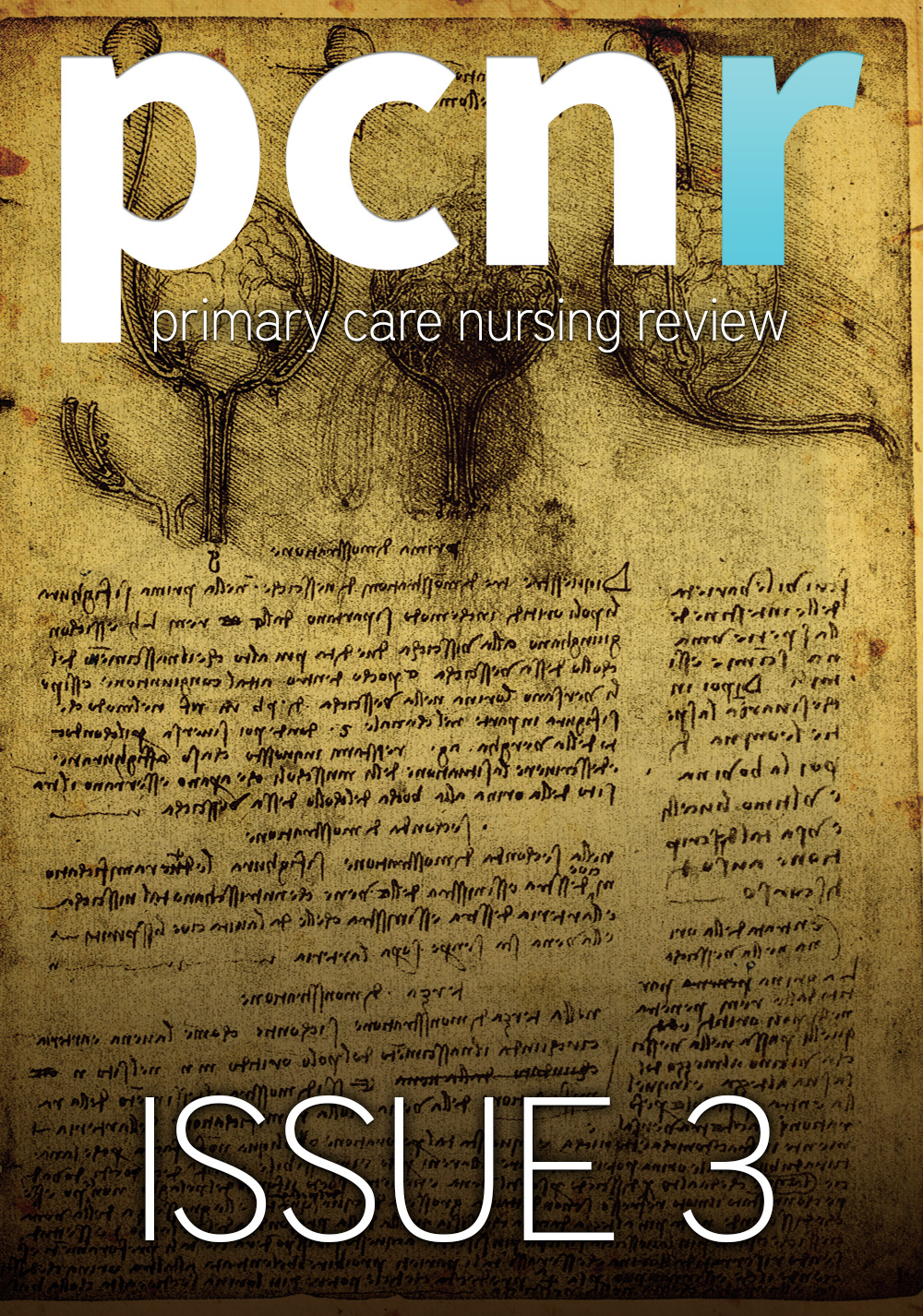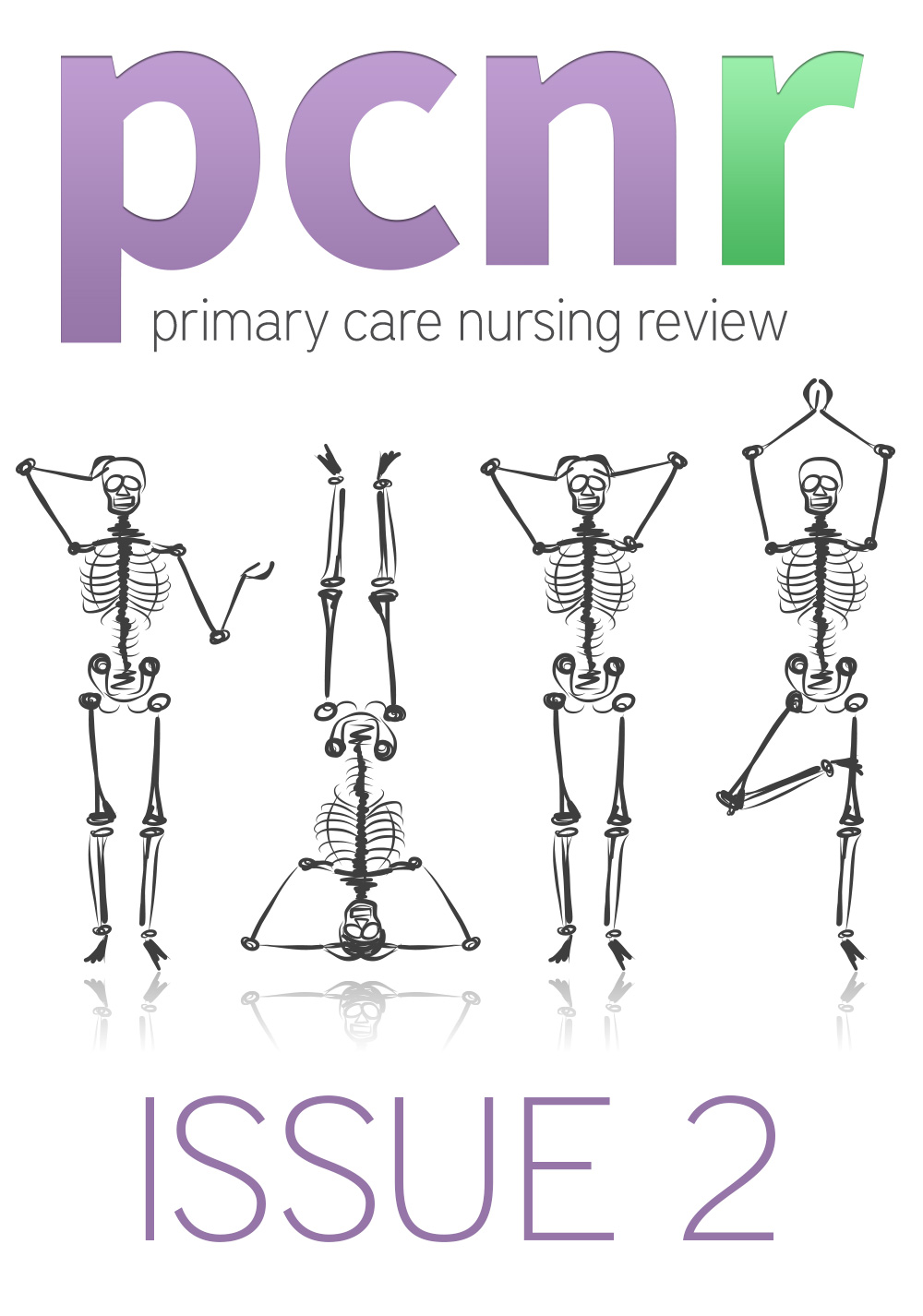The Dark Ages?
It really is quite surprising, and indeed rather depressing, that despite national and international vascular meetings with sessions dedicated to investigating and curing venous leg ulcers, virtually none of these new developments are adopted by those dealing with leg ulcers daily. As a consequence very few patients get to benefit from the huge advances that have been made in leg ulcer care and local budgets are being wasted in continuing compression and nursing care which is more expensive in the long term than a surgical cure [1].
Some facts about leg ulcers:
- most are venous in origin
- most are caused by superficial venous reflux (‘hidden varicose veins’) which can be cured by local anaesthetic day case procedures
- leg ulcers due to deep vein problems can be cured with venous stenting
- curing leg ulcers surgically reduces the risk of recurrence
- compression bandaging is not a cure, but it may help temporary healing
- the cost of curing a venous leg ulcer is approximately the same as on year of compression bandaging and nursing care
- NICE recommended that anyone with a leg ulcer for 2 weeks or more should be referred to a vascular service for assessment of a cure
To explore each of these a little more:
Most leg ulcers are venous in origin
Leg ulcers don’t just ‘appear’. Normal healthy people do not get spontaneous leg ulcers. In every patient who develops a leg ulcer, there is at least one underlying cause – and usually a combination of causes. Successful treatment of leg ulcers depends upon the identification of the underlying cause(s), which can then be treated, with the aim to let the body heal and to cure the leg ulcer.
A great many studies have been performed over the years to look for the commonest causes of leg ulcers. The commonest cause of leg ulcers in the western world is venous disease, usually followed by arterial disease. After these two main causes, there are many other causes which may be independent or may co-exist with these, such as diabetes, malignancy, stasis, and vasculitis amongst others. Indeed, some people have a combination of venous and arterial disease causing the leg ulcer. However, most research studies agree that somewhere between 70-90% of leg ulcers are predominantly caused by venous disorders.
Most venous leg ulcers are caused by superficial venous reflux (“hidden varicose veins”) which can be cured by local anaesthetic day case procedures
In the mid 1980’s, a new test – duplex ultrasound scanning – allowed us to see how arteries and veins work in real time. Before this test, practitioners believed that leg veins were simple; they split the veins in the legs into two systems – the deep veins that lie deep within the muscles of the legs and the superficial veins, lying outside of the muscles and under the skin.
All of the veins in the legs rely upon valves within the veins. When contracting the leg muscles, these valves let blood flow upwards towards the heart, when relaxing the leg muscles, these valves stop the blood falling (or ‘refluxing’) back down the leg veins. When these valves fail and venous blood refluxes down these veins, damage can be caused to the veins themselves or surrounding tissues (see ‘Reading’).
Before duplex ultrasound, valve failure and reflux in the deep veins was thought to cause tissue damage and leg ulcers. It was believed that this could not be cured and the only effective treatment was compression bandaging.
Conversely, valve failure causing reflux in the superficial veins of the legs was thought to cause the veins to dilate, forming varicose veins. This was assumed to be cosmetic only and was not associated with any tissue damage, and so treatment by stripping was only offered for cosmetic reasons.
Since the mid 1980’s this has been shown to be completely wrong. Studies with duplex ultrasound showed that over 50% of patients with venous leg ulcers had reflux in the superficial veins only and NOT the deep veins [2]. Treating these veins surgically, now with local anaesthetic endovenous laser or other endovenous techniques, has shown in our own published research to give a permanent cure of these ulcers in 85% of people [3].
Thus clearly:
1. Most venous leg ulcers are caused by superficial venous reflux not deep vein problems (which I started calling “hidden varicose veins” in 2011, to help people understand this)
2. This means most are curable as we can cure superficial venous reflux by using varicose vein surgery
3. Varicose veins are not ‘only’ a cosmetic problem in some people. Prevalence studies suggest about 2-5% of people with varicose veins will go on to get leg ulcers [4].
4. Anyone with a venous leg ulcer has not been adequately assessed unless they have had a venous duplex ultrasound – failure to do so will miss the chance of curing the patient
Many of the leg ulcers due to deep vein problems can now be cured with venous stenting
In the past, venous reflux due to valves failing to work in the deep veins was thought to be an insoluble problem and so compression bandaging was used instead. However research over the last 15-20 years has shown that 90% of all patients with deep venous reflux actually have blocked deep veins in the pelvis.
Nowadays, these blocked veins can be opened up with balloon under x-ray control and then a stent put in them to keep the vein open [5]. Leg ulcers heal, swollen legs shrink to normal and patients are able to walk again.
Curing leg ulcers surgically reduces the risk of recurrence
Many studies, most notably the Eschar study, have shown when the underlying cause is found in venous leg ulcers and then corrected, the risk of the leg ulcer coming back again is significantly reduced [6].
Curing leg ulcers surgically reduces the risk of recurrence
Many studies, most notably the Eschar study, have shown when the underlying cause is found in venous leg ulcers and then corrected, the risk of the leg ulcer coming back again is significantly reduced [6].
Compression bandaging is not a cure, but it may help temporary healing
Compression is very useful to improve microcirculation and give a temporary improvement in swelling. However, as soon as the compression is removed, the disease process starts once again. As such, it is important to realise that compression is a useful adjunct in leg ulcer treatment, but is to a cure. It does not reverse the underlying problem.
Patients should only be consigned to long term compression of they have been fully assessed by a vascular service (see definition below) experienced in surgical leg ulcer treatments and have been found to be incurable.
The cost of curing a venous leg ulcer is approximately the same as on year of compression bandaging and nursing care
Studies in both the United Kingdom and the United States of America have shown that the cost of curing a leg ulcer with surgery or stenting is approximately the same as one year of nursing care and bandaging [1]. As such, regardless of the benefit to patient and family in curing a leg ulcer, even in just economic terms, it costs less to cure leg ulcers than to pursue a strategy of long term dressings and compression.
In these days of budgetary constraints, and with an ageing population with increasing numbers of patients with leg ulcers, it is becoming morally wrong to fail to offer patient with leg ulcers the chance of a cure.
NICE recommended that anyone with a leg ulcer for 2 weeks or more should be referred to a vascular service for assessment of a cure. However, many nurses in primary care have not been exposed to the research that has been going on in venous research units and so may be quite shocked at some of the research presented above.
Fortunately, the National Institute of Health and Clinical Excellence (NICE) has now stepped in and helped with some guidelines in this area. NICE CG 168 states [7]:
Refer people to a vascular service if they have:
- a venous leg ulcer (a break in the skin below the knee that has not healed within 2 weeks)
- a healed venous leg ulcer
NICE also defines a “Vascular Service” as:
A team of healthcare professionals who have the skills to undertake a full clinical and duplex ultrasound assessment and provide a full range of treatment
Even more importantly, failure to do so should be reported [8].
Summary
There are increasing numbers of leg ulcers in the UK population due to several factors including increasing age and obesity. Most can be cured with local anaesthetic walk-in walk-out varicose vein surgery techniques, increasing the patients’ quality of life and saving the country money. Patients with leg ulcers for more than two weeks needs referral to a vascular service. If the correct investigations and treatments are used, over half will be cured, protecting time and money needed for the expert nursing care for those that cannot be cured surgically.


























